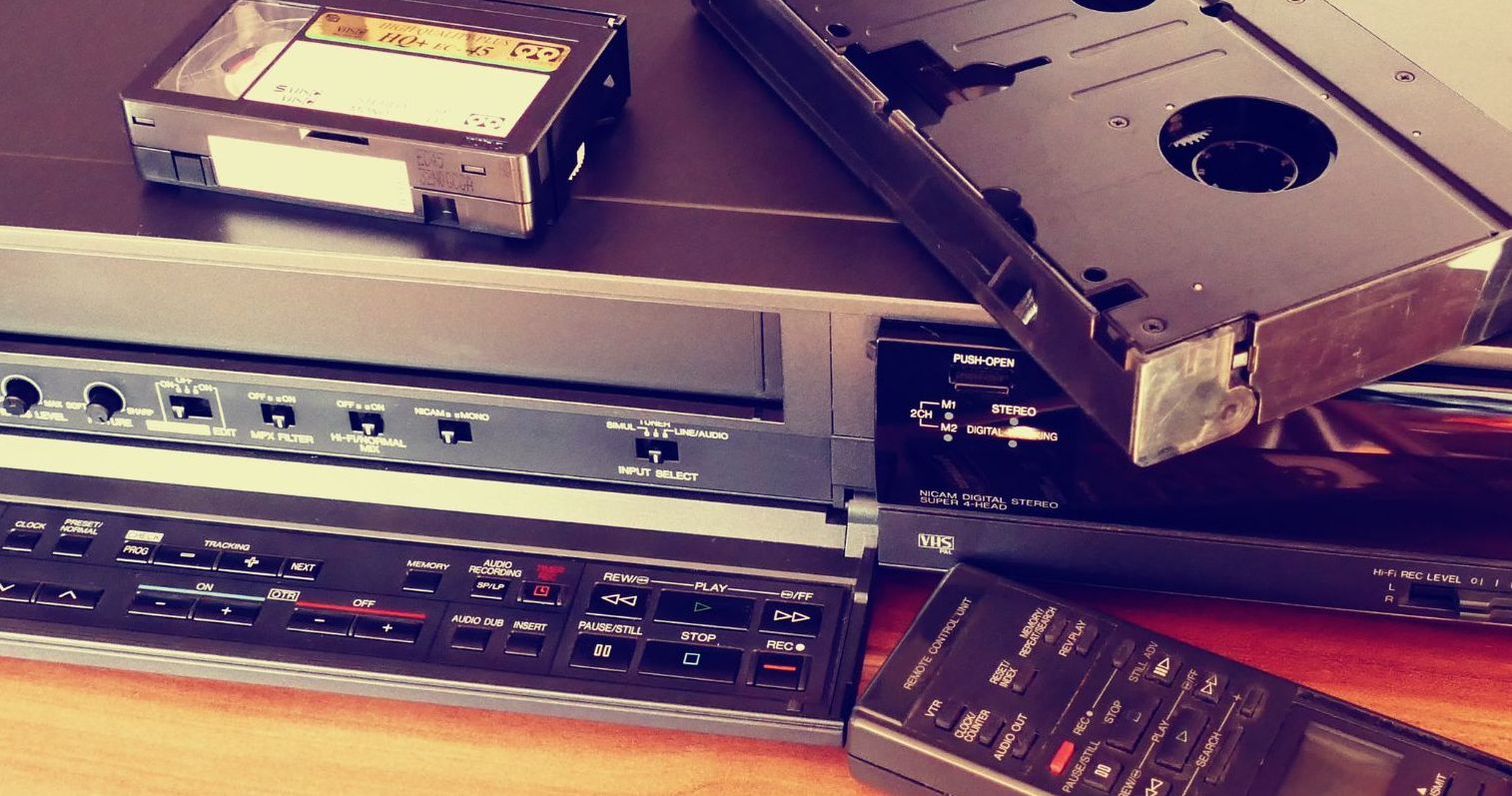
Ridotto – The World’s First Gambling House

Gambling has been an intrinsic part of human nature and existence for thousands of years, maybe more. Some experts are of the opinion that gambling is even connected to the history of human kind itself. Archaeologists have stumbled upon gambling game artifacts like the tile game from ancient Chinese civilizations and Ancient Egypt takes credit for having come up with the world’s oldest known dice.
Art on pottery and in the form of paintings even depict people betting on animal fights, as well as the breeding of animals specifically for the purpose of fights which people would bet on.
Did you know that some of the most illustrious universities in the world such as Yale and Harvard were financed initially by gambling revenue?
Playing cards, on the other hand, is said to have originated in China in the 9th century, but the rules of the games played back then are obscure today. There’s no question about it, there’s a part of us humans which is fond of gambling and it is intertwined in our history and evolution.
With the industrial revolution, gambling practices were subject to better regulation and organization. The first ever gambling houses popped up in Italy, the first among these firsts was The Ridotto that was launched in 1638 in Venice. The Ridotto allowed regulated gambling in a supervised and organized manner for the first time ever.
Origin and history of the term “casino”
As of today, the term casino has no ambiguity. There are even casinos on the internet that offer mouth watering bonuses and promotions which you can find at AustraliaCasinoClub’s promotions. However, the term casino initially never exclusively referred to a gambling house. The term has Latin origins and was coined to refer to a social house where entertainment in the form of music, dancing, etc. would ensue. For instance, the Hanko Casino in Copenhagen has never had a gambling game transpire within its walls, it is simply a theatre.
In 1638, Casino di Venezia became the first official gambling house – its original title was The Ridotto di San Moise. Like the term casino, the term Ridotto was actual a reference to an up-scale apartment that was used for various entertainment and amusement reasons. When the Ridotto first sprung to existence, gambling was still officially illegal, but the Ridotto managed to avoid the eye of the authorities save for some rare visits.
The Ridotto was where the wealthy gambled, the less fortunate were gambling too, but just not in a fancy, organized, gambling house like the Ridotto. The Ridotto had four floors and the wealthy gamblers that frequented it could indulge in a range of food and beverages as well. The Venetian government itself ran the Ridotto despite it being technically illegal. Their intentions were to run a gambling house in an efficient way and make as much money as possible in the process. Eventually, Ridotto became the first government-sanctioned gambling house in the world which was open to the general public.
Venice the Birthplace of Casino’s
Thanks to the Ridotto, Venice is considered the birth place of the casino. Within a few years, there were as many 20 Ridotti within Venice and gambling was the main activity that transpired within them all. These establishments generally had games with high stakes and it was usually only the wealthy that visited these Ridotti.
Eventually, by the time of the II Ridotto, less affluent people were altogether banned from placing any bets at the Ridotti tables. A strict dress code including a red and white face mask which covers the top portion of the face and tricorne hats was also enforced. Only the Barnabotti were allowed to show up without these masks and with their faces exposed.
The most popular games that were played at II Ridotto were Biribi and Basetta. Biribi is very similar to modern day lottery or roulette. It is a game of chance with over 70 possible outcomes and people bet on the outcome. Biribi game rules were really simple, players would bet on numbers and the dealer would simply draw a card and read out one number aloud. Any player that had a bet on the drawn number would receive 64 times the stake. All other wagers would be consumed by the house.
Basetta was a card game more like Blackjack or Poker – it was not entirely luck based, it included a skill element. It was also considered a very polished game for the most refined classes of people. Given the huge magnitude of losses and wins that were common in Basetta, it was generally only played by people of the highest ranks in society. Basetta is best described as hybrid between Poker and Blackjack.
Pictures speak a thousand words and the best visual representation of the Ridotto comes in the form of a painting by Venetian artist Pietro Longhi and it gives us an insight into what the Ridotto looked like and how the high-class people were dressed whilst inside.
The Ridotto was known across Europe not only as the first gambling house, but as the place where the highest forms of debauchery and immoral indulgence would take place. A lot of the noble men would leave the Ridotto broke after a night of playing and thieves were known to wait in the surroundings to mug the rich that were usually inebriated after a good session at the Ridotto.



